MOVIE REVIEW – There is perhaps no better director than Guillermo del Toro to present the visually grotesque and, at the same time, fascinating world of a 1940s carnival. Still, there is no worse director to do it with a twisting and original film noir story, where the viewer does not fall asleep to the clichés of nearly 80 years ago.
Guillermo del Toro has always been particularly fond of eccentrics and monsters. His Hellboy films have turned paranormal creatures into superheroes, while his latest Oscar-winning film, Touching Water, weaves a tender romance between a mute woman and an amphibious fish-man. Plenty of directors would be delighted to remake a landmark noir, but del Toro was more attracted to the carnival storyline. The writer-directors subsequent adaptation was Nightmare Alley, a somewhat logical step. The melancholy thriller about a carnival trickster is based on the novel by William Lindsay Gresham, which had already been adapted for the big screen once, in 1947, with Tyron Power in the lead role.
A medium who believes his own lies
Nightmare Alley follows Stan Carlisle (played by Bradley Cooper), a moustachioed, handsome stranger with a grim past (his father died under mysterious circumstances). He takes a job at a local carnival, quickly shows his talent for false clairvoyance, becomes notorious, and eventually believes in his own mystical abilities. The story is a classic Icarus tale or, as the case may be, a proper ‘rollercoaster ride’ in which the hero makes a name for himself, but, in keeping with film noir clichés, his success is short-lived… As del Toro is no longer directing according to the censorship dictated by the 1940s, his adaptation is much more violent and violent than the earlier version of Edmund Goulding’s novel, thus delving deeper into the dark atmosphere of Gresham’s novel. So what makes his film so monotonous and avant-garde?
Monsters and con artists
The first section of the film, set in a travelling carnival led by the sinister Clem Hoately (Willem Dafoe), is the strongest because del Toro is passionate about this part. In an early scene, Stan watches in curious awe as Clem introduces the carnival’s “monster,” a “performer” who shocks onlookers by biting off the heads of chickens. It is a job reserved only for alcoholics and drug addicts, whom Clem manipulates into doing such dirty work. Stan sees being a monster as a fate worse than death, and del Toro cleverly shocks us with the scene. At the same time, we also feel some sympathy for the monster, a sadness at his fate that eventually becomes the typical Nightmare Alley atmosphere.
The film’s best characters are similarly tragic, including Pete Krumbein (David Strathairn), a retired mentalist whose alcoholism has reduced his ability to use his “psychic powers” (obviously, by deception) to extract information from the audience and serve it to them. His wife Zeena (Toni Collette) still maintains their psychic act. Still, she knows that the glory days are behind her, as does Clem, who ruefully tells Stan about the underhand tactics he uses to lure new monsters into the travelling carnival. The fascinating universe of carnival life in the 1940s offers many depictive possibilities, which might have been interesting if del Toro had focused on it and produced a more exciting story to go with it. Still, Nightmare Alley later only dealt with Stan’s desires, selfishness and classic film noir history.
The film noir is not del Toro’ cup of tea
Stan learns the skills of the psychic arts from Zeena and Pete and hits the road with carnival companion Molly Cahill (Rooney Mara). The pair become a hugely successful double act in Buffalo, New York; Stan can tell people’s names, fortunes and deepest desires blindfolded. Del Toro unsurprisingly pays close attention to the details of their stagecraft, with extended scenes showing the intricate dialogue system Molly and Stan use to hint at each other, the personal details Stan picks up to guess the audience’s secrets, and the set design they employ to distract the audience from their ruse. After all, del Toro is a showman, always offering theatrical set pieces even in his darkest works.
It’s pretty obvious that film noir is not the Mexican director’s cup of tea. In fact, Nightmare Alley is the first of his major films to have no supernatural elements, even though all of Stan’s success is based on his supposed connection with the spirit world. Perhaps this absence is the reason why the narrative often feels clunky and draggy; del Toro’s passion for the rogue psychic storyline is more restrained than for the genuine fantasy, horror and surreal elements.
Although none of the actors is awful, Cooper somehow fails to convey the fundamental and increasingly pronounced depravity of Stan’s character; Mara is not very convincing as the initially totally in love, later increasingly disillusioned showgirl. Cate Blanchett appears halfway through the film as Lilith Ritter, the femme fatale psychiatrist who introduces Stan to the upper crust. Still, although she is charming in the role, she fails to add much dimension to the familiar film noir character.
Lack of originality
Nightmare Alley is a visually original, occasionally creepy film that would fit well into del Toro’s portfolio, but to be a genuinely twisty thriller, it would have needed to sustain the viewer’s interest with genuine suspense. At the beginning of the film, Pete warns Stan never to do a “ghost show”, which means someone posing as a real psychic who can communicate with the dead in carnivalesque terms. Of course, Stan ends up doing just that, but the film takes over an hour to reveal the dangerous consequences. Nightmare Alley chews us over and over again about where the plot is trying to go, and then gets there too slowly. Stan’s delusion of his own power is clearly leading to his doom, and Lilith is clearly not to be trusted, but by the time these ‘shocking’ revelations are made, we’ve fallen asleep to the snail’s pace of the plot.
-BadSector-
Nightmare Alley
Direction - 6.4
Acting - 6.5
Story - 6.2
Visuals/music - 8.2
Ambiance - 6.8
6.8
FAIR
Nightmare Alley is a visually original, occasionally creepy film that would fit well into del Toro's portfolio, but to be a genuinely twisty thriller, it would have needed to sustain the viewer's interest with genuine suspense.

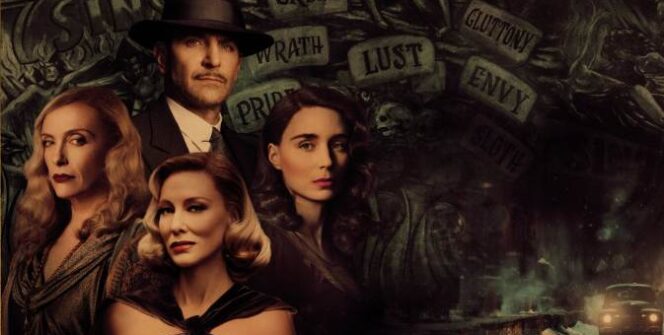
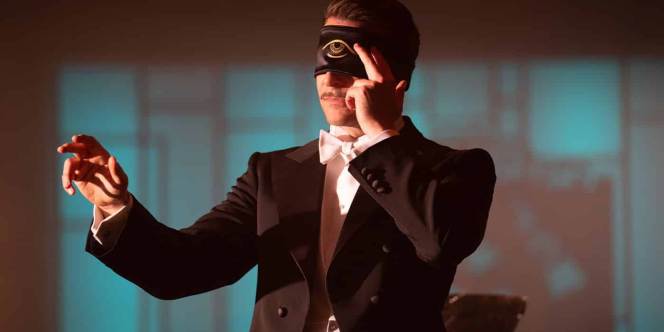
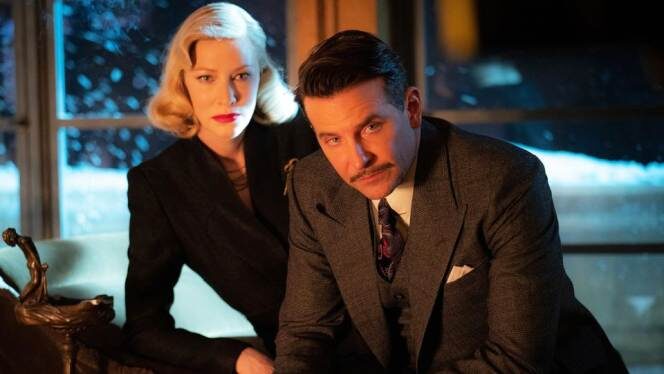
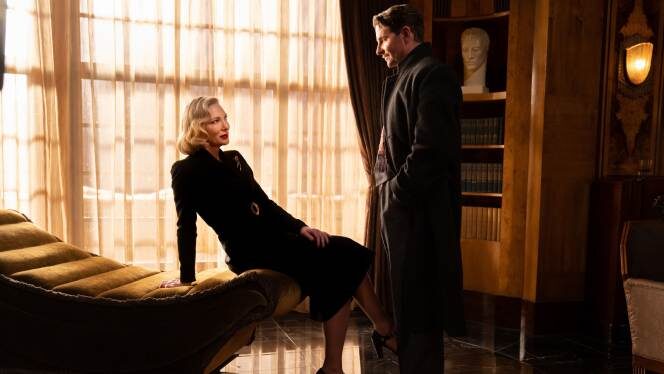








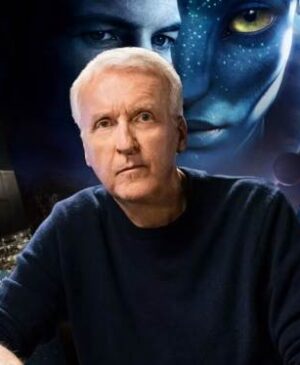


Leave a Reply